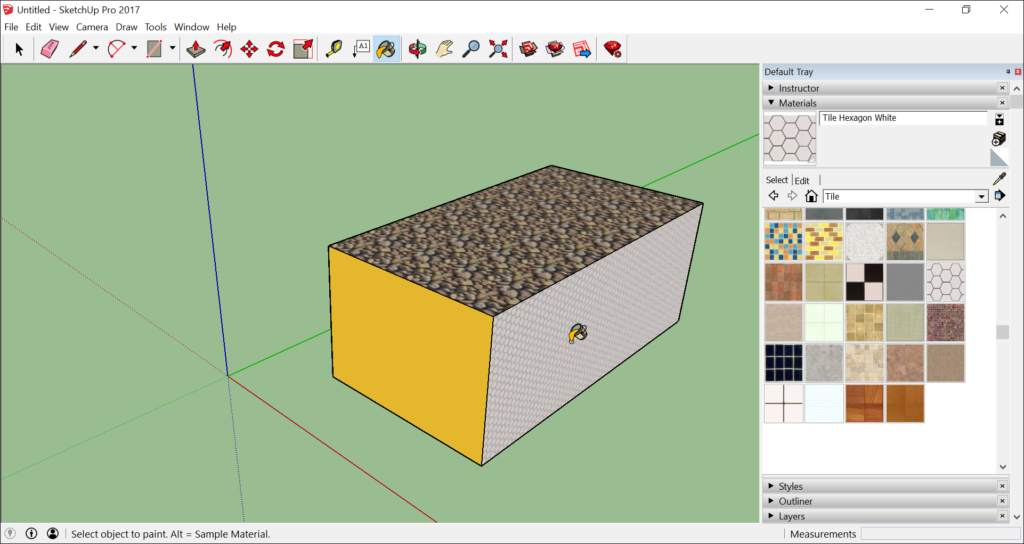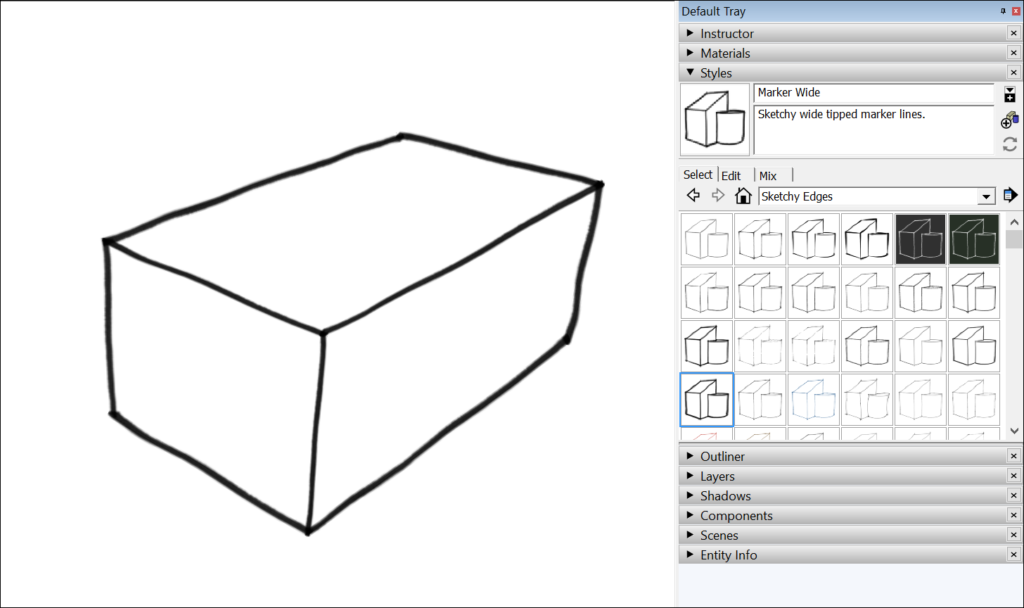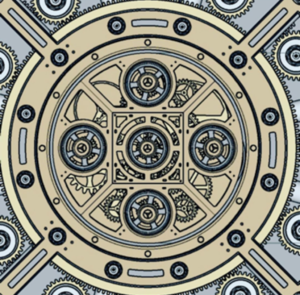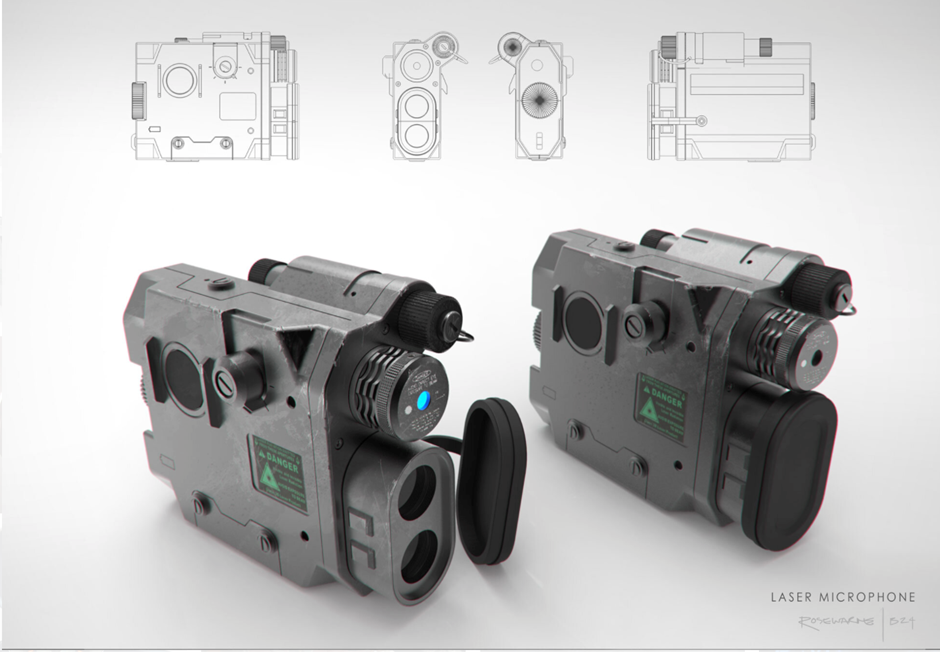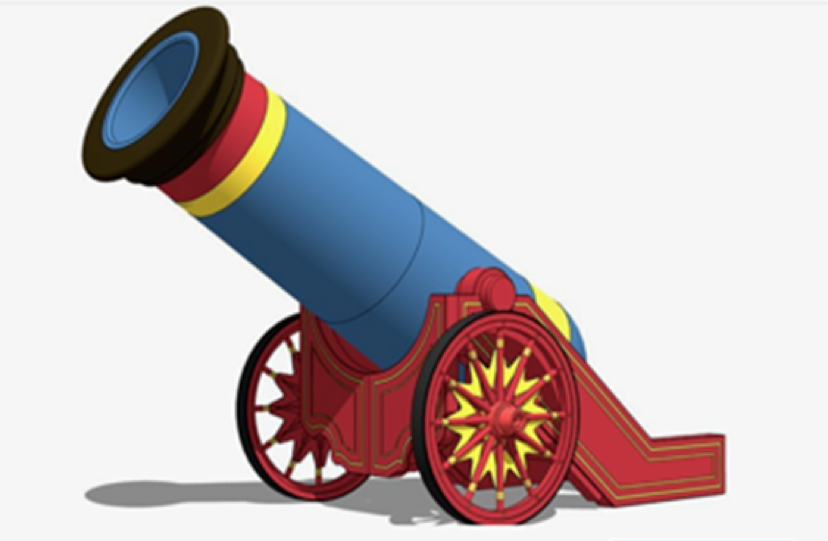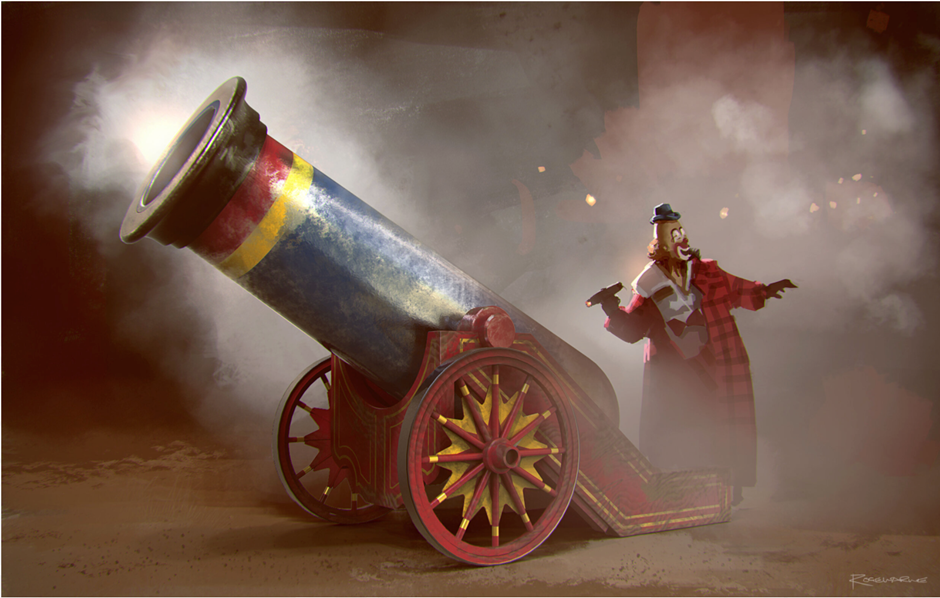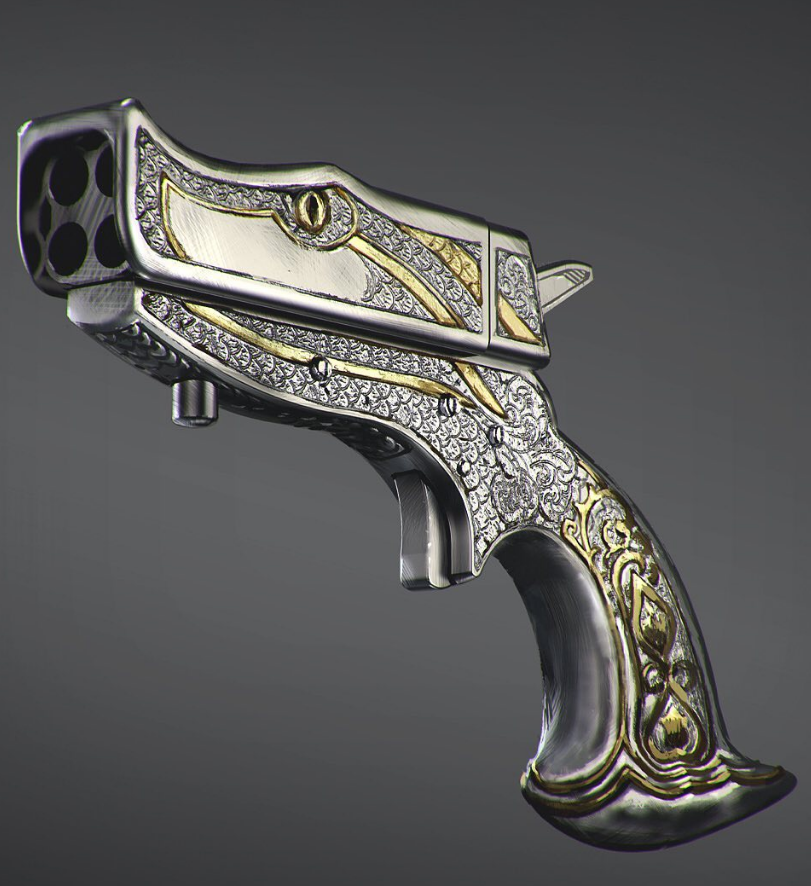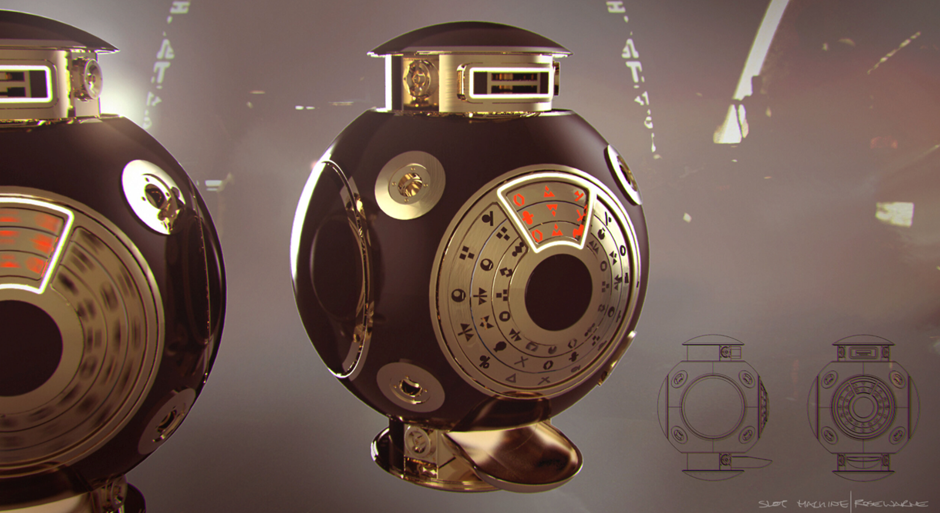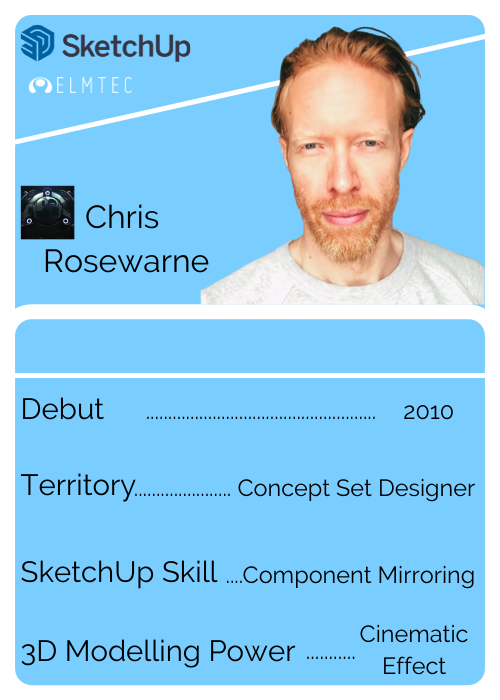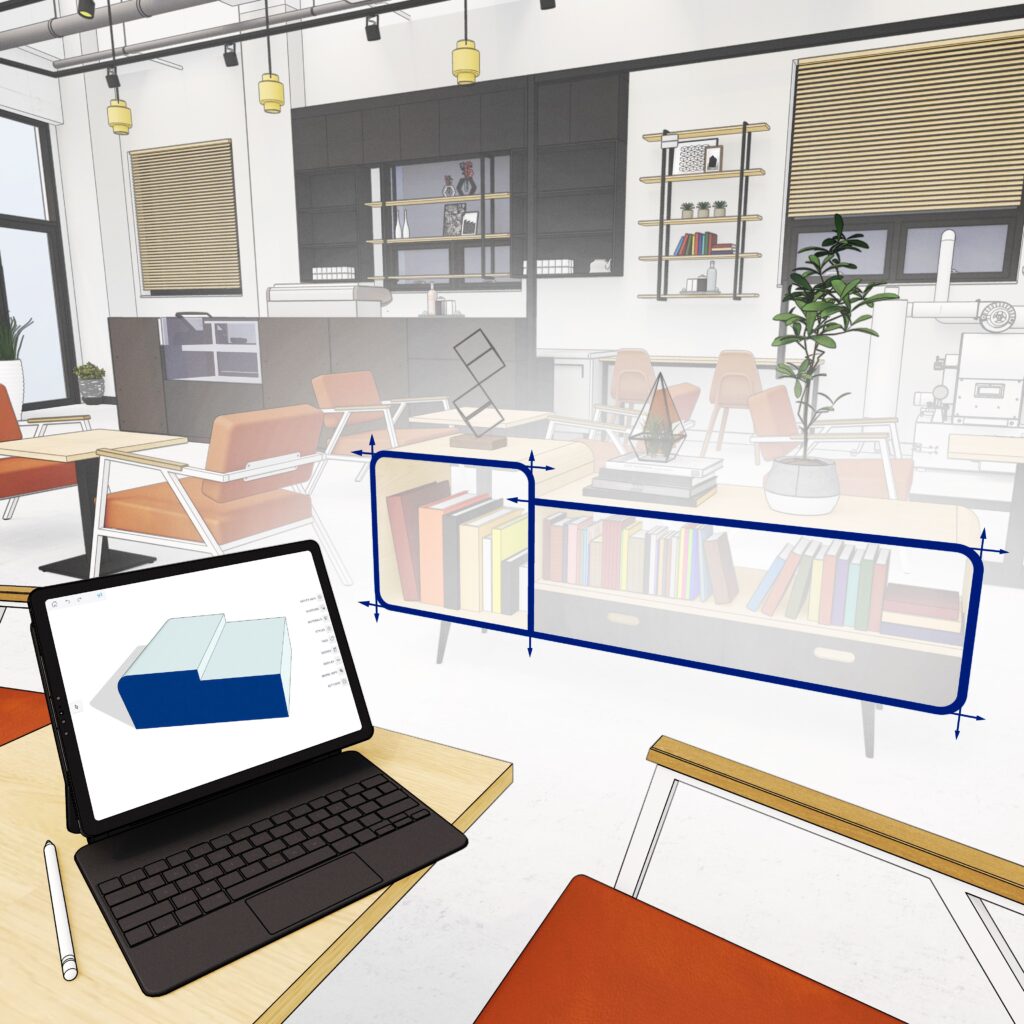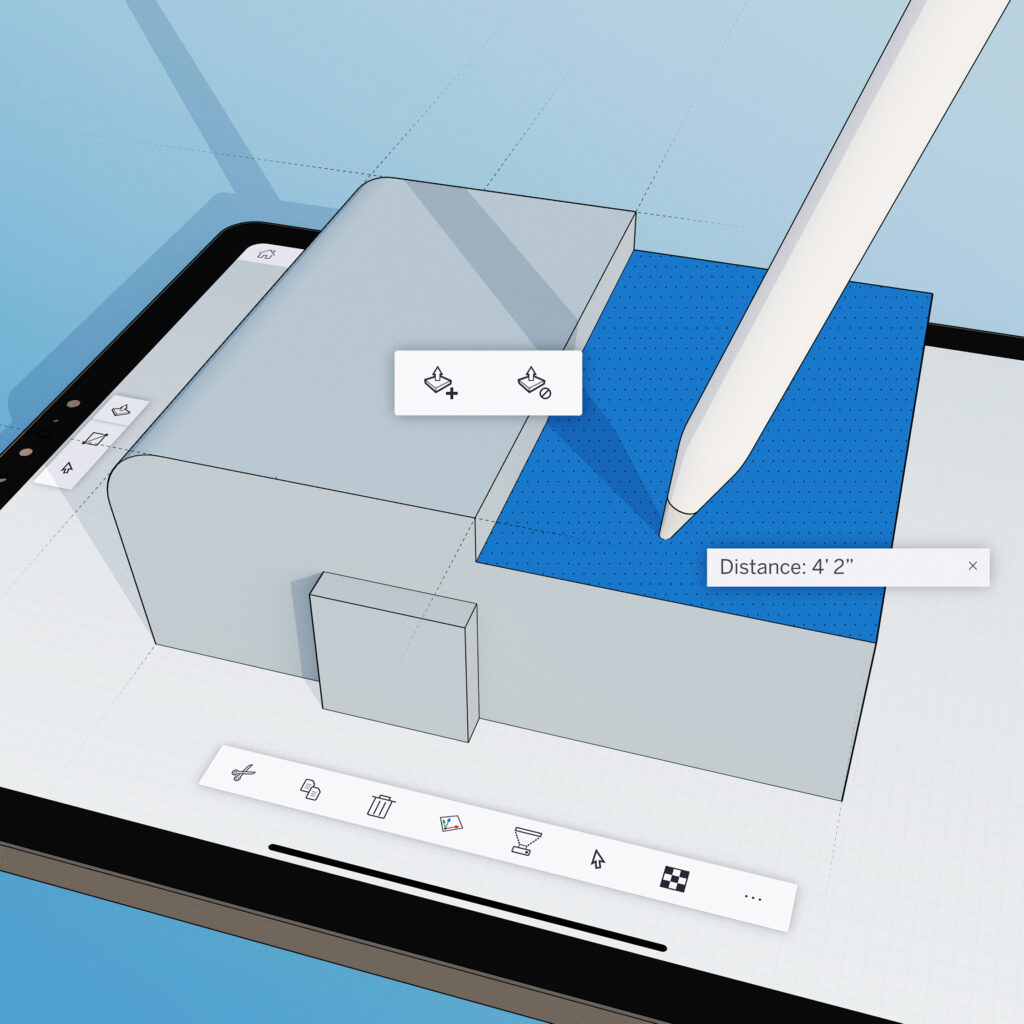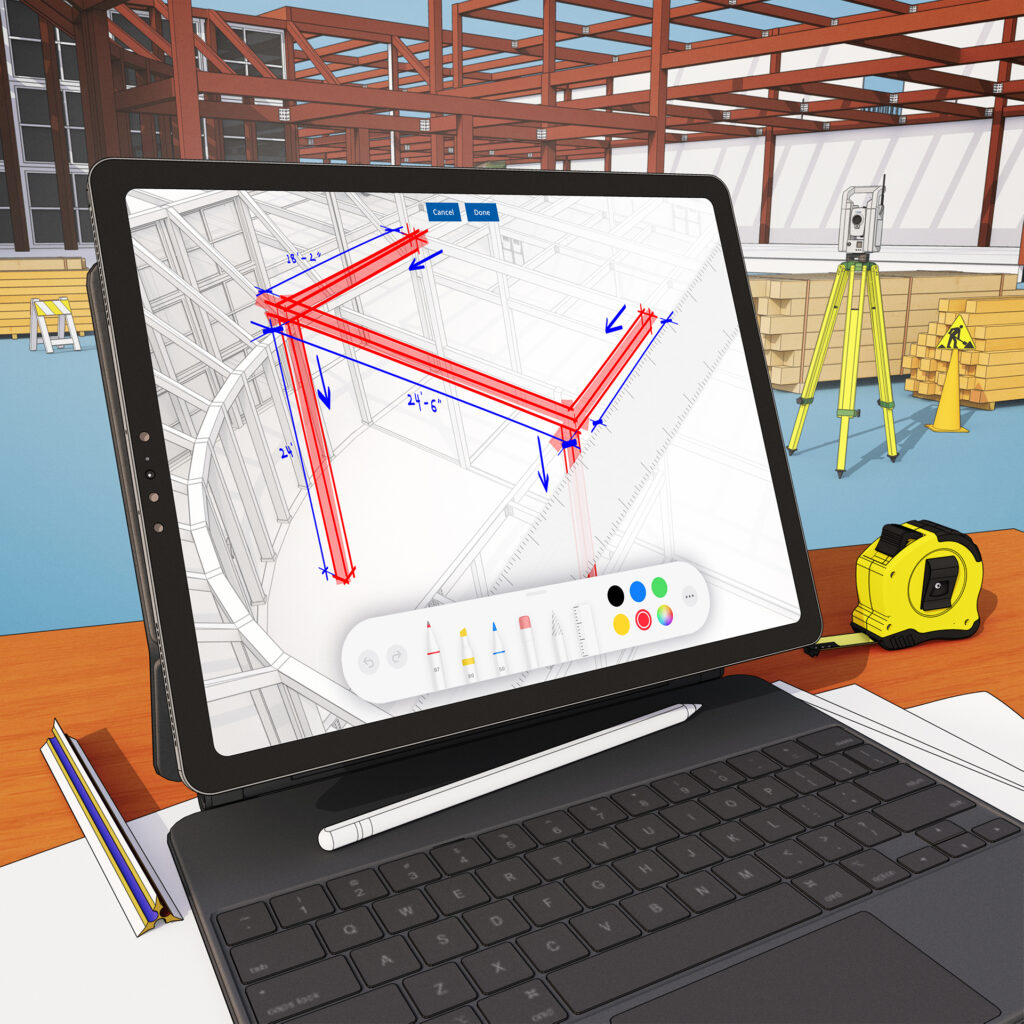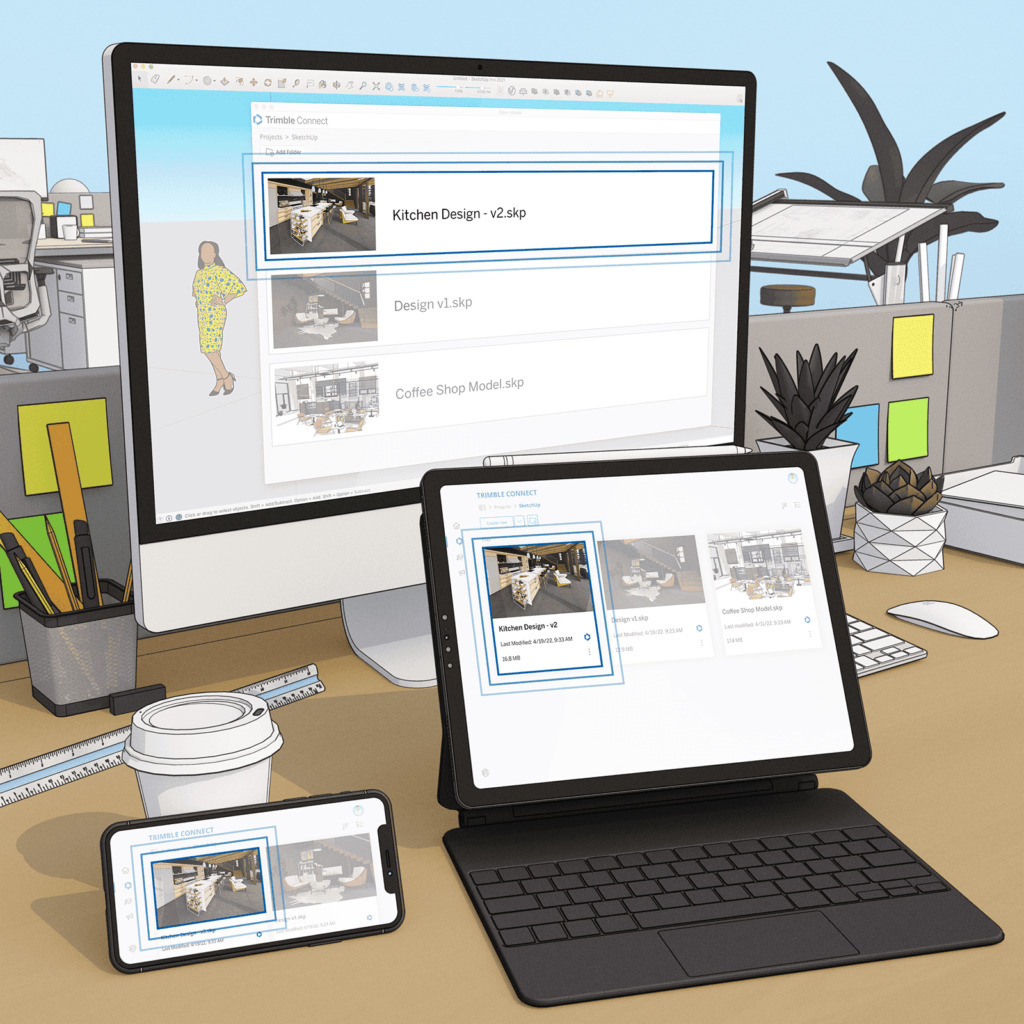Your SketchUp designs are already pretty awesome. Now you’re going in search of the best SketchUp modeling plugins, those tasty extras that make designing more enjoyable, more creative, even faster and even easier. There’s an enormous choice, so how do you pick the most awesome of all? Here are the very best free SketchUp plugins, each created to support stunning renditions of the real world in digital form.
You’ll be able to model simple and complex curved surfaces with confidence, and use SketchUp native tools on them. You’ll bend groups and components, and slice models into specified pieces before preparing them for cutting. You’ll find it easier to create geometry, easier to make fantastic render-ready assets like plants, grass, rocks, 3D people, homewares, lighting, art and furniture.
Custom textures, visualising scenes with textures, creating rails, stairs, columns, walls, doors, or windows, it’s all simple with SketchUp modeling plugins. You’ll be fluent in making roofs, beams, rafters, roof tiles, shingles, rooftops and their parts. And you’ll optimise models in SketchUp like a pro. Read on to find out the best plugins in SketchUp.
Best SketchUp Plugins
SketchUp plugins, also called extensions, are simply tools to help make SketchUp even easier, more flexible, faster and more fun. They boost productivity, deliver cool short-cuts, and add extra functionality. The best SketchUp plugins have a variety of powers and capabilities, but they’re all intended to free your creative spirit by doing most or all of the work for you.
We know the enormous choice can be a bit bewildering. Where do you start? A good spread of functionalities will help most designers, new and experienced, do more. Here are ten of the best free SketchUp modeling plugins, all available to play with for nothing. Fire up your imagination with these cool extensions.
Soap & Skin Bubble
Soap & Skin Bubble is brilliant for modelling curved surfaces in no time, beautifully. It’s free, which makes it even more desirable. Available on the Extension Warehouse, as well as via the SketchUp Extension Manager plugin, it has been developed by Josef L.
The free plugin lets modellers like you make a multi-faceted face inside a closed group of three or more lines easily and fast. All you do is choose the lines, start the plugin, tell it how many faces you want, then watch it happen. You can also inflate and deflate the finished new face. Soap & Skin Bubble is especially good for organic-shaped models. No wonder it’s one of the best free SketchUp plugins.
Tools On Surface
Tools on Surface does what you expect quickly and perfectly, as well as free. It lets you use SketchUp native tools on curved surfaces, giving you a wealth of options and flexibility to morph curves in extraordinary ways. Find it at Sketchucation.com, developed by Fredo 6.
A suite of clever little tools for drawing on curved surfaces, you can draw using lines, various shapes, offset, and freehand / polyline. There’s a nifty inference mechanism, a nice Contour Editor, and the plugin’s own dedicated Eraser. Version 2.5 comes with a performance contextual menu.
Flowify
Flowify is one of the best SketchUp plugins. It lets you bend any group or component created in SketchUp in a multitude of ways, enriching the creative experience by opening up a whole new way to draw groups of objects. Another freebie, you’ll find it on Sketchucation.com. The developer is Anders L.
Flowify is the SketchUp equivalent of Rhino’s command FlowAlongSrf, created for work on rectangular quad grids. Inputs to the extension are groups or components of source geometry. The support group is laid out like this:
Group with projection plane – Your projection plane is either an empty rectangular face or a flat custom-made quad grid, with the same topology as the target surface.
- Group with target surface – The target surface is a rectangular quad grid with four distinct corners.
- Group with connection edges – The connection edges (or when they intersect, the construction lines) connect two adjacent corners on the projection plane with two on the target surface
Slicer
Another of the best SketchUp plugins, QuadFace Tools makes it really simple to create geometry, however complex the project. A plugin that saves an enormous amount of time and effort, this collection of tools harnesses pseudo-quad modeling in SketchUp. It’s available free on both Extension Warehouse and Sketchucation.com, and it has been developed by ThomThom.
QuadFace Tools
3D Bazaar lets you make brilliant render-ready assets like plants, grass, rocks, 3D people, housewares, lights, artwork and furniture. It’s free to use and offers a choice of paid-for assets costing anything from $5 to $180. You’ll find it in the Extension Warehouse, developed by Lindalë.
Basically it’s a large SketchUp model repository full of top quality render-ready assets for SketchUp. Think plants, furniture, 3D people and masses more. You save time and effort finding models online, then setting them up in SketchUp. It’s all done for you, and the collection is updated monthly.
This is high-quality render-ready with no setup. Every single 3D Bazaar Marketplace asset has been developed with care and attention to detail. They’re all render-ready out of the box. All you do is decide on proxies or standard geometry, then click Import.
One of the very best free SketchUp modeling plugins, it supports the big three V-Ray, Enscape, and Thea renderers, and most of the assets are renderer-compatible. You can render in parallel with a single import. 3D Bazaar finds and re-links every map and proxy for you. Just drag, drop, and begin rendering, whether it’s assets downloaded from the Marketplace or files on your machine.
The advanced search engine organises your local library and finds the asset you’re looking for quickly. Your entire collection is indexed for search by model name, description, and more.
Architextures
Architextures is a fantastic way to make custom textures, and visualise scenes with textures. Another of the best SketchUp plugins. It’s free. You’ll find it in the Extension Warehouse, developed by Architextures in collaboration with KG-dev. The pro version costs $70.
This is how you make and edit a multitude of seamless textures, bump maps, and hatches. It’s perfect for Interior Design, Architecture, and Landscape Architecture projects. You create your textures using the Architextures web app directly in SketchUp.
Import materials instantly. Test material options for your design without downloading. No need to import and scale materials manually. Edit the textures you’ve imported later, simply right-clicking on a face with the material assigned then selecting ‘Edit with Architextures’.
MAJ Rail & Column
MAJ Rail and MAJ Column are some of the Best free SketchUp plugins for creating rails and columns. They’re free to use and you’ll find them in the Extension Warehouse, developed by Majid M.
The MAJ collection of plugins helps designers create quickly and efficiently. It comes with an impressive free plugins list:
- MAJ Beam for beams
- MAJ Column to make columns quickly and efficiently
- MAJ Wall for drawing walls with 3 different layers
- MAJ Door to make doors to go in your MAJ walls
- MAJ Window to make windows for your MAJ walls
- MAJ FollowMe for making 3D shapes simply, choosing a face that follows the mouse pointer
- MAJ Rail to make three different types of rail
- MAJ Stair for 4 different thicknesses of stairs
There’s also a collection of paid extras for making Cornice, Wall Interiors, Baseboards, and Floors in one click. You can make amazing halogen lamps on Knauf. The paid version lets you enjoy unlimited face list and face rotation, and it also comes with six different types of rails.
MAJ Column creates square and rectangular concrete columns including rebars, stirrups, and material information, making it a great choice for 3D Printing and Architecture in particular. Create columns and column components quickly and easily.
The plugin asks you for information about the column: Column length, width, or height. You can also specify Column to Zero, Rebar Size, Rebar Number, Stirrup Size, Stirrup Distance, Neck Top and Neck Bottom. And it saves the information so your ‘last column’ is always there for you.
Once you’ve confirmed your specification, select the first and second points for the column. The first point gives you a view of the column body. Columns, rebars, and stirrups are made in the Foundation Tag. Look in the Info tag for Concrete Volume, Rebars Length, Rebars Volume, Stirrups Length, and Stirrups Volume. If you don’t need rebars or stirrups, all you do is select ‘zero’ size.
MAJ rails is just as simple to use, allowing designs of a multitude of rails for all sorts of projects.
CleanUp
CleanUp is what you need to optimise your models in SketchUp. It’s free, available at the Extension Warehouse and developed by ThomThom.
The plugin quickly fixes duplicate component definition names when in model scope. It’ll purge the items you haven’t used, and get rid of hidden geometry. It erases duplicate faces, gets rid of lonely edges unless they’re on a cut plane, and removes edge material.
Use the tool to repair split edges, smooth and soften edges, put edges and faces to Layer0, merge identical materials, and merge connected co-planar faces.
Instant Roof
The Instant Roof plugin is used to create roofs, beams, rafters, roof tiles, and shingles, basically every sort of rooftop as well as rooftop parts. It’s free, available at the Extension Warehouse, developed by Chuck Vali. It’s a fabulous way to create roofs, beams, rafters, roof tiles, shingles and more, particularly handy for Architecture and Landscape Architecture projects.
You can achieve such a lot with Instant Roof:
- Create gable, Hip, Shed, Mansard, Dutch Gable, Split-Pitch and more roof types – Choose from many preset options or create your own custom library including custom roof style images
- Make Boxed-in, Exposed, and Soffited eaves – it supports multiple eave heights
- Create Hips, Rafters, and Beams and decorative trusses with decorative end profiles from lines or faces
- Make corbels for flat soffits
- Includes a dormer component maker tool and Cornice Mouldings for flat soffits
- Comes with 14 presets – or make your own profile Beam Ends at Gables and Dutch Gables
- Optional Underside of Roof Greek Returns and Queen Returns at Gables Bird Blocks: Add angled or plumb (for eave rafter tails, not for full roof framing)
- Dutch Gable Styles: Choose from many preset styles or create custom user style library including custom style images
- Choose from many predefined Beam, Hip, and Rafter end profiles
- Align Material Textures on Eaves, Rafters, Beams, and Hips
- Roofing Gutters: Choose from predefined gutter profiles
- Use Mission Tile, Roman tile, Flat tiles, Shingles, Standing seams, and more
- Make Mission Tile bird stops and Ridge Closures
- Apply Variegated colour roof tiles and Shingles
- Reapply, Change or Delete Materials as a separate operation from creating your roof or roof detail Supports all SketchUp units, Metric, and Imperial
- Take offs and a take-off log
· Cad Fixer included


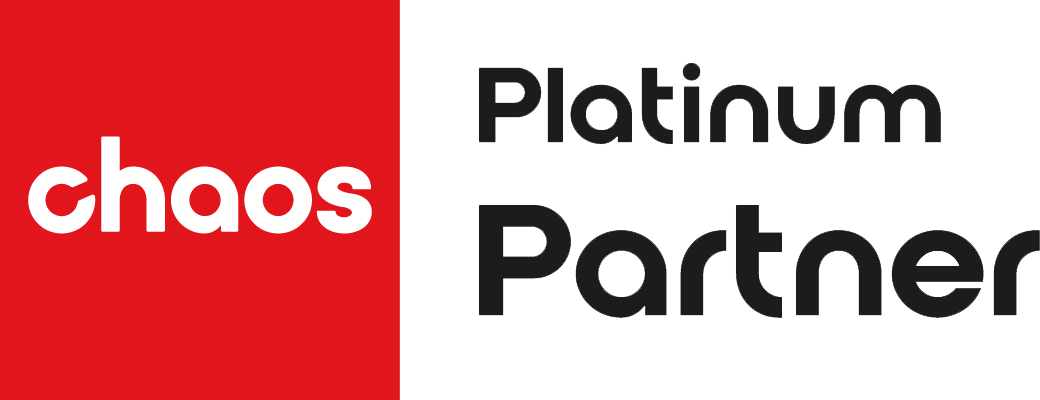

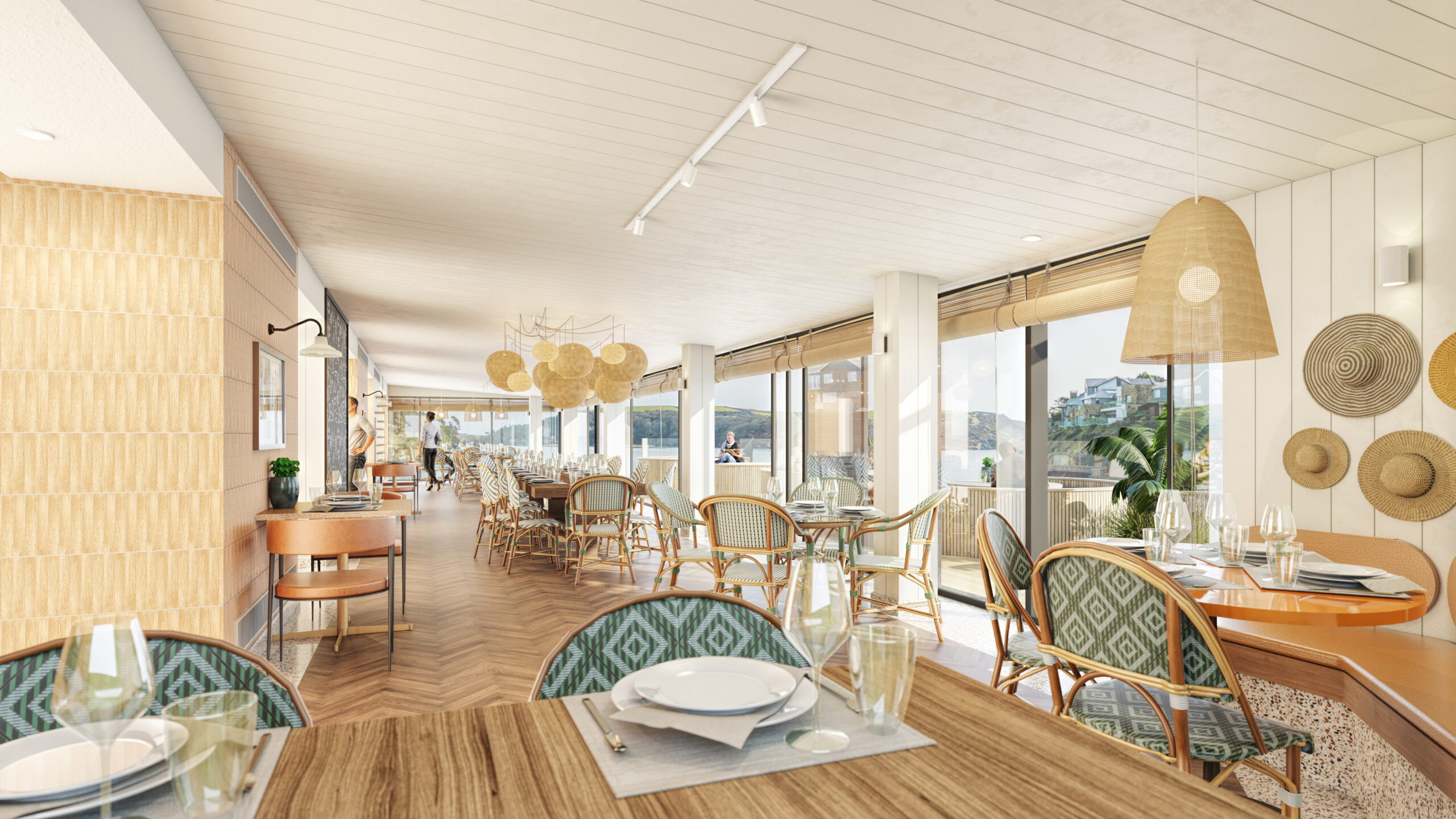






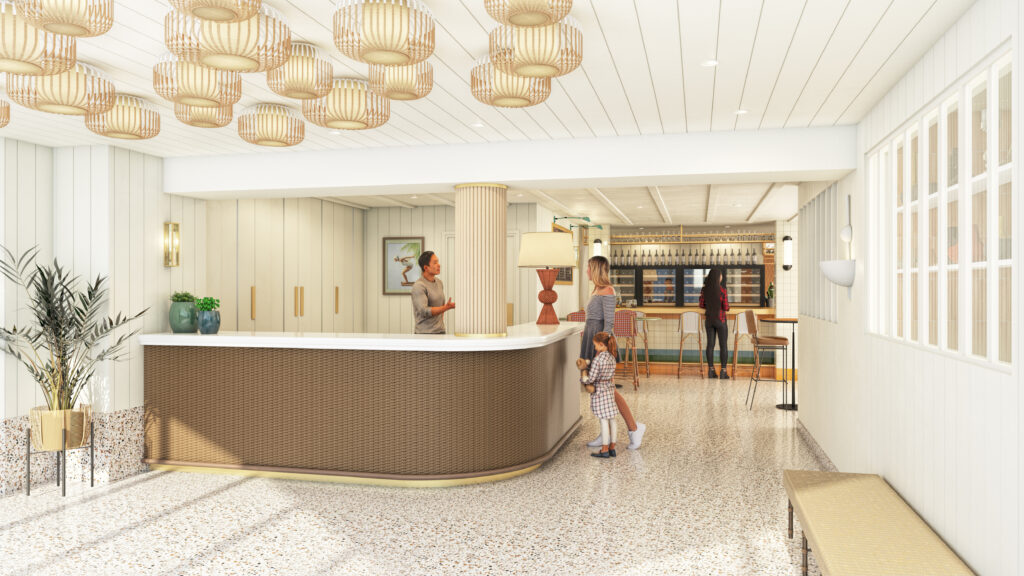

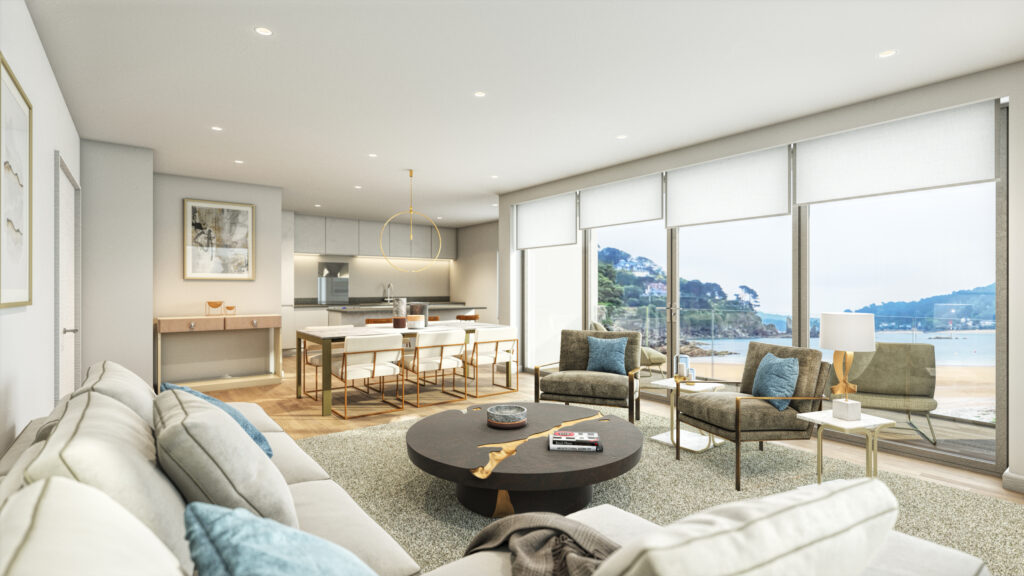
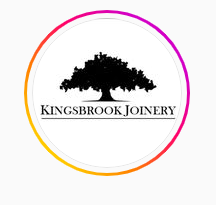
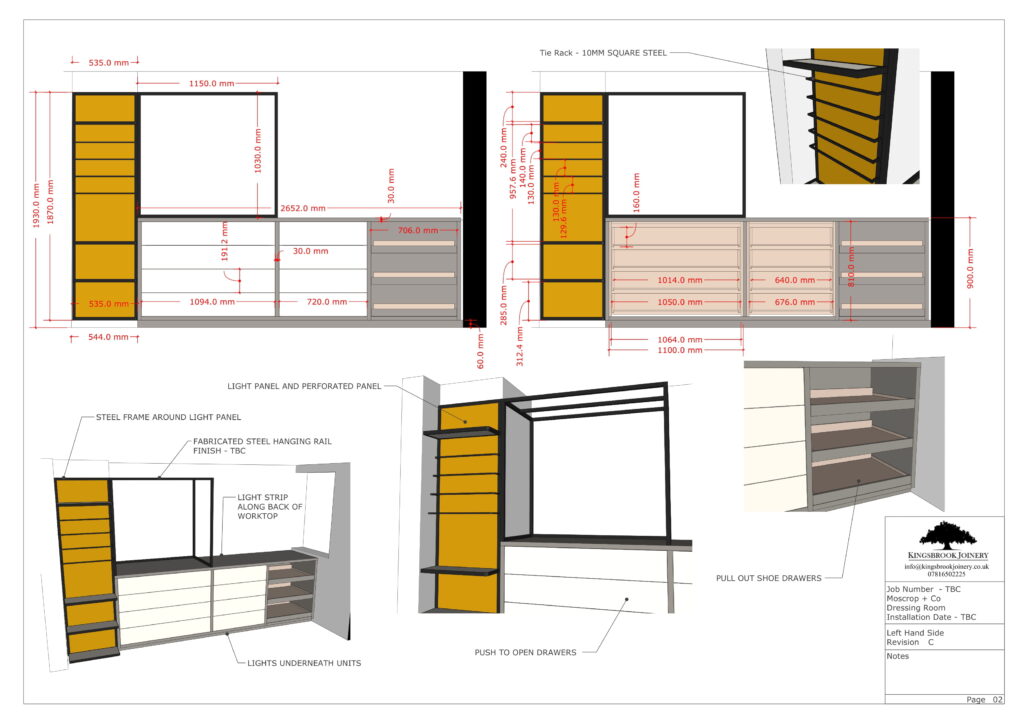
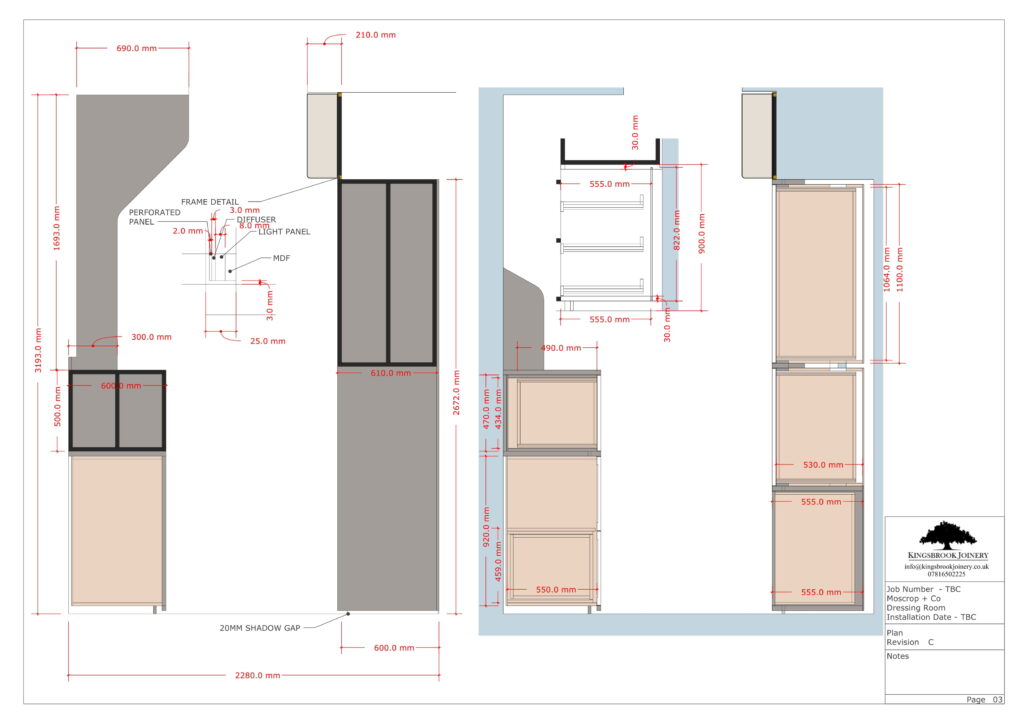

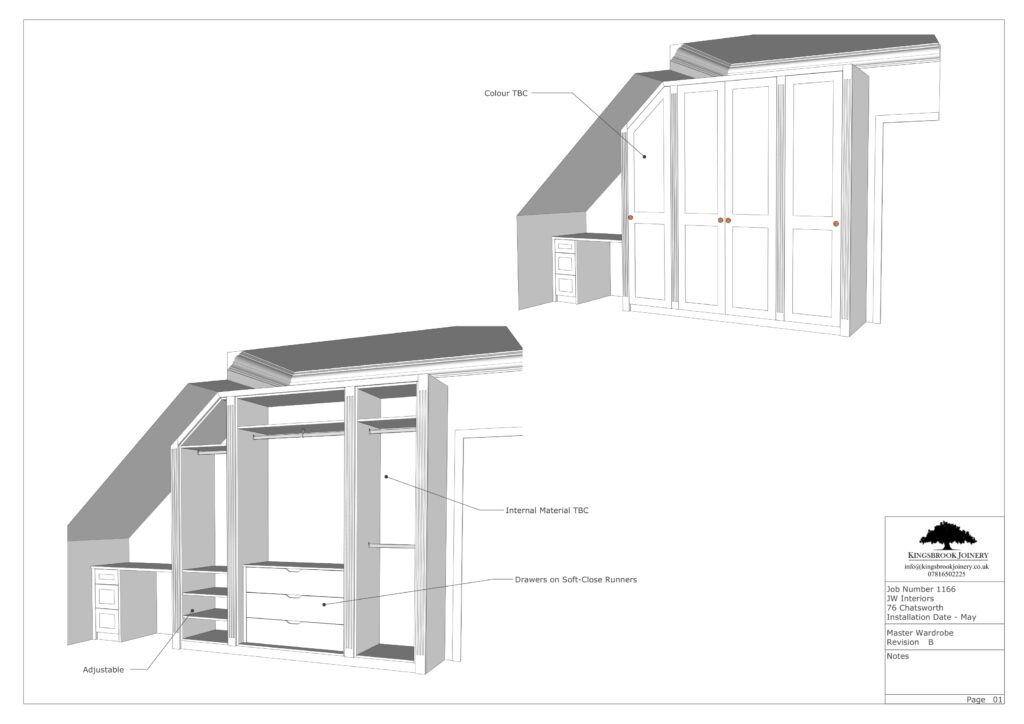


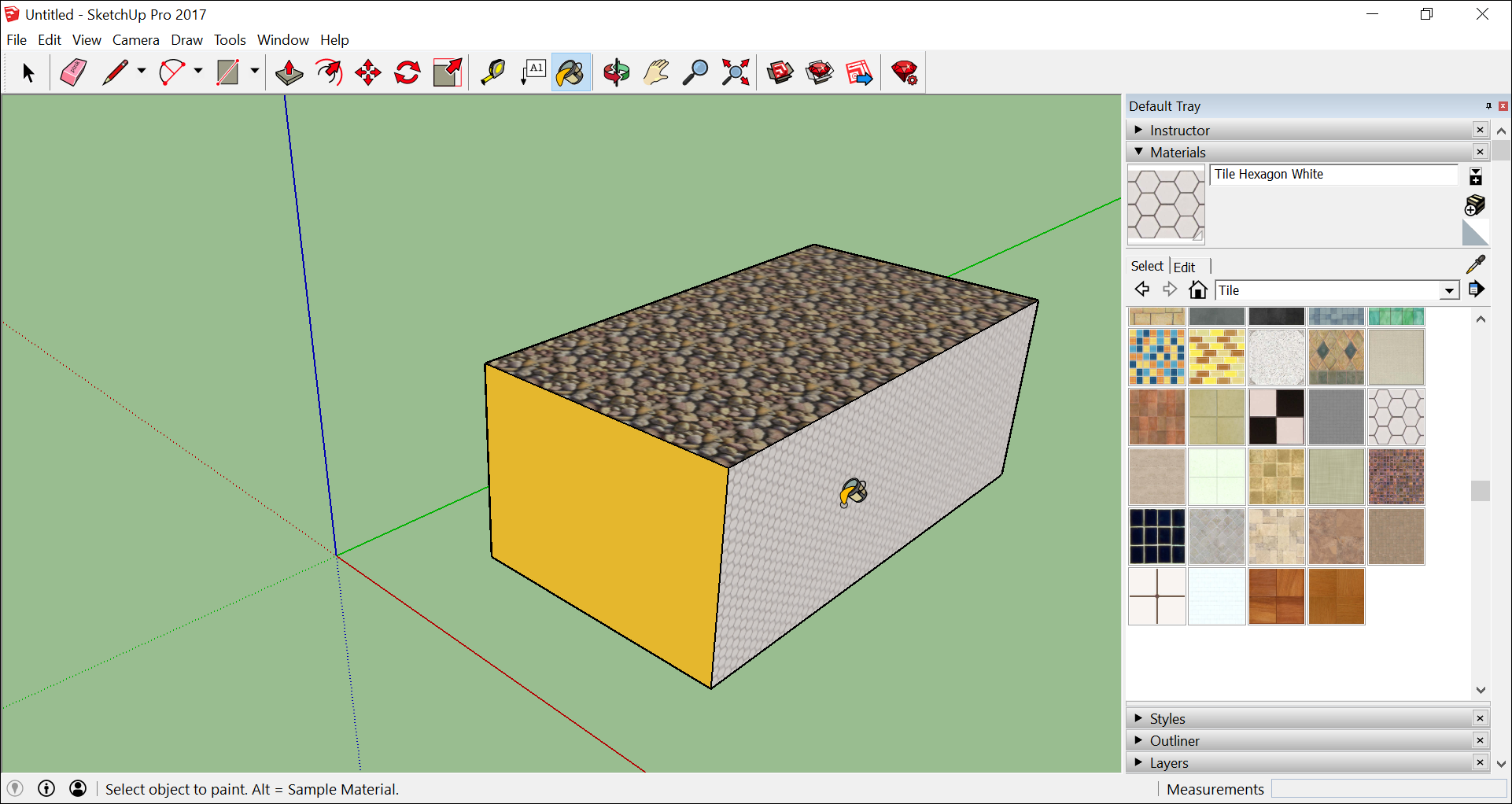
 ).
). ). Then move your cursor to the right and click again. A rectangle appears on the ground, as shown here.
). Then move your cursor to the right and click again. A rectangle appears on the ground, as shown here.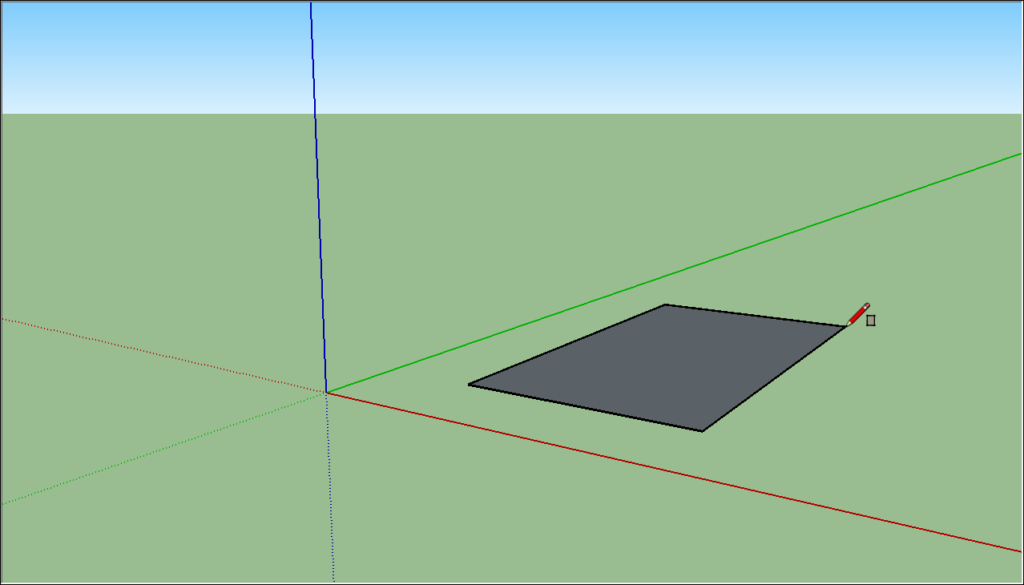
 ), and place the Push/Pull cursor over the rectangle you just created, as shown in the following figure.
), and place the Push/Pull cursor over the rectangle you just created, as shown in the following figure.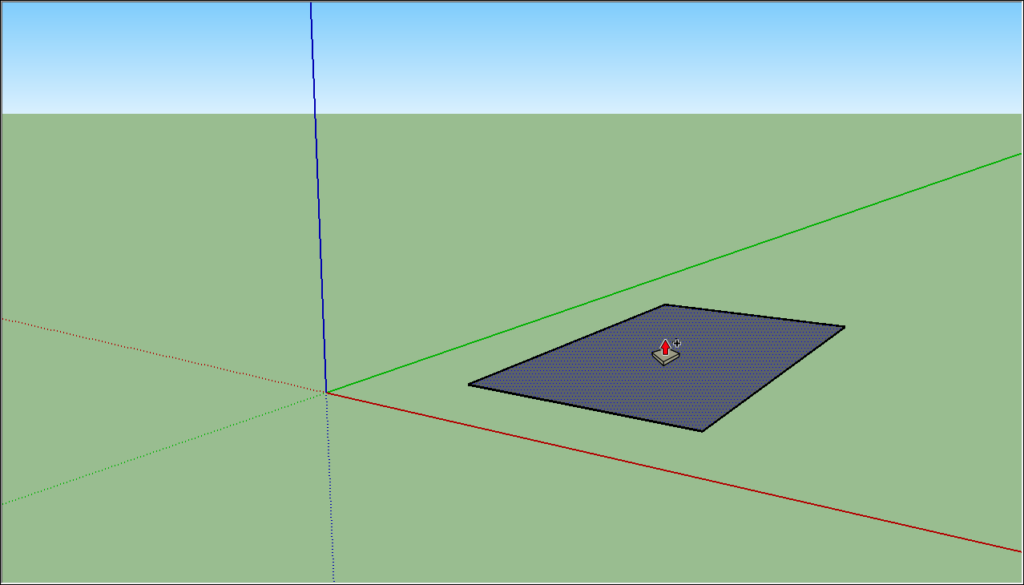
 ). Place the Orbit cursor above your shape. Then click and hold while you move the mouse down. Notice how the view of your shape changes, as shown in the following figure. Practice clicking and dragging with the Orbit tool as much as you like. It’s a pretty fun tool!
). Place the Orbit cursor above your shape. Then click and hold while you move the mouse down. Notice how the view of your shape changes, as shown in the following figure. Practice clicking and dragging with the Orbit tool as much as you like. It’s a pretty fun tool!
 ). If you orbit around until you lose track of where you are in your model, the Zoom Extents button is a handy way to reorient yourself.
). If you orbit around until you lose track of where you are in your model, the Zoom Extents button is a handy way to reorient yourself. ) and you can zoom in and out that way, too.
) and you can zoom in and out that way, too. ).
).
